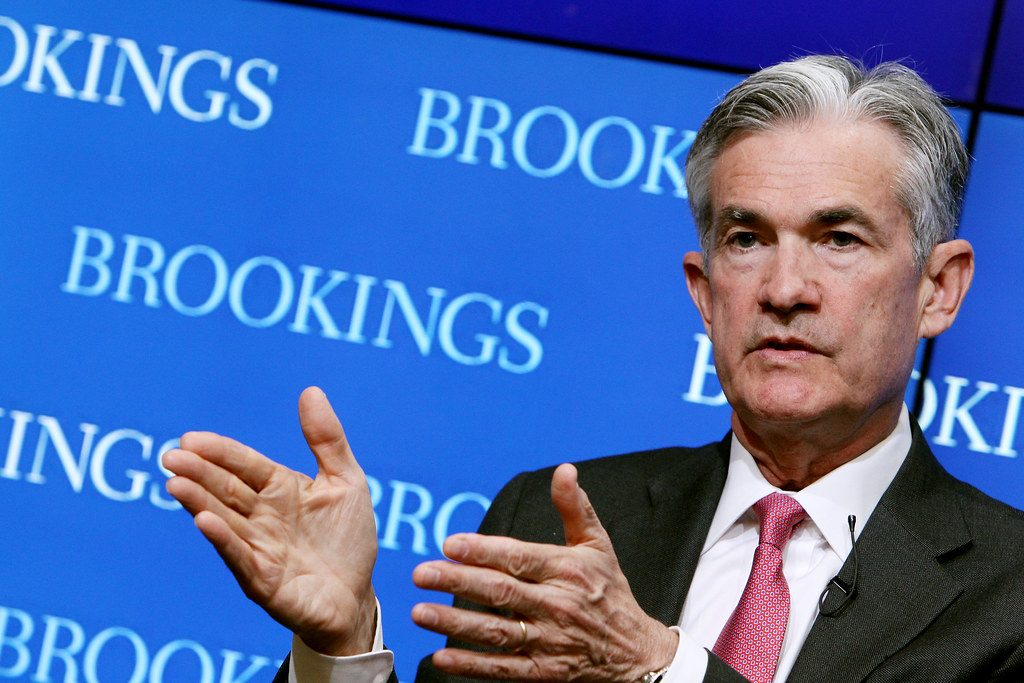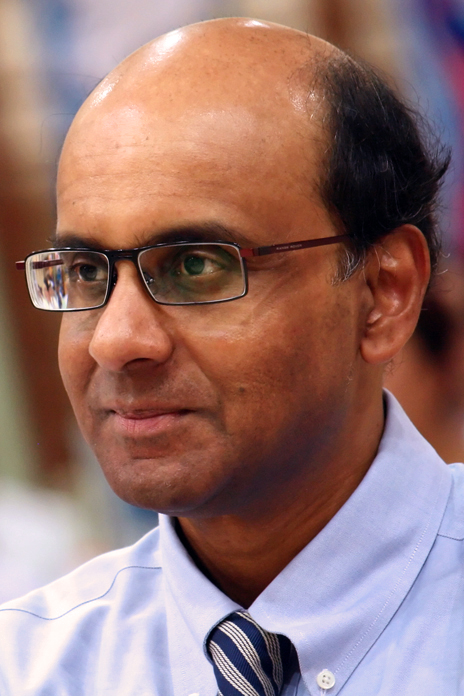The end of Libor approaches
23rd May 2021
One of the bedrock benchmarks of global financial markets is fading away.
The London Inter-bank Offered Rate (Libor) is due to be phased out by the end of this year, and analyses and commentaries about the implications after a half-century of its dominance are beginning to grow.
Only vaguely understood outside the world of finance, Libor has been a pillar of banking since the early 1980s (although it made its appearance a decade earlier). Put simply, Libor is the interest rate that banks charge each other in the interbank market for short-term lending. Its introduction brought a measure of order into increasing chaos in the ‘80s as the lack of uniformity in interbank lending rates threatened to scuttle the growing trade in new market instruments such as foreign currency options and forward trade agreements.

Libor is calculated and published every day by the Intercontinental Exchange (ICE) using data from participating banks. However, Libor’s long run on the financial stage came under serious threat in 2008 with the revelation that big banks had worked behind the scenes to unfairly keep Libor rates at levels that best suited the banks.
Just in the US, local and state governments were estimated to have lost tens of billions of dollars because of the unethical manipulation of Libor rates. The outbreak of shady details and multiple penalties that followed crippled Libor, with regulators eventually signalling the end of Libor by 2021. So, by the end of this year, banks are meant to price instruments on overnight lending rates.
Soon after the UK Financial Conduct Authority told banks on 5th March to get ready for the sunset of Libor, Bloomberg published forecasts that the move away from Libor would cost major banks around US$100 million – not an insignificant impost. The FCA, along with the US Federal Reserve and other major regulators, has been pushing financial markets to move to alternatives, with Secured Overnight Financing Rate (SOFR) seen as the likely replacement in the United States, and Tokyo Overnight Average Rate (TONAR) touted as a replacement for yen LIBOR, among other substitutes. In Britain, the Sterling Overnight Indexed Average (SONIA) has the backing of the Bank of England as the best alternative, with financial marketplaces provider Tradeweb reporting that in April 2021 more companies were already active in SONIA than in LIBOR on Tradeweb’s swaps platform.
While the UK is ahead of the rest of the world in the transition phase, Asia (along with the US and Europe to varying degrees) is on a more complex changeover trajectory. Surveys by the Bank of Japan and the Hong Kong Monetary Authority have found lower preparedness in their respective financial centres compared to London. This presents a significant challenge, as Asian financial centres have huge exposure to Libor.

The one standout exception in the region is the third big financial centre in Asia: Singapore. The Monetary Authority of Singapore is demonstrating more efficiency and commitment in a switchover this year to the Singapore Overnight Rate Average (SORA).
Overall, the post-Libor picture emerging as we approach the middle of the year is that of a still slow, unsteady financial system globally, but especially in Asia and Europe. However, this mountain will need to be climbed by financial market participants, come what may, so it is time for everyone to pull themselves up by the proverbial bootstraps and move ahead earnestly with the transition away from Libor.
At MyTreasur-e, we keenly track technological, economic, financial, and social trends that can impact our customers. Our passion for anticipating and managing risk in all its forms is what accounts for our customers’ satisfaction with our cutting-edge treasury and risk management solution.

